Mollusca Open Circulatory System
Mollusca open circulatory system. In an open circulatory system blood is not restricted to circulating within the blood vessels. Their respiratory pigments are haemocyanin. Most animals within the Mollusca Phylum have an open circulatory system.
Within a open circulatory system blood is not restricted to circulating within the blood vessels. In this manner which mollusks have an open. After use it is returned to the gills and then to the heart.
Space between visceral mass and mantle. Open circulatory system in most à blood not entirely contained within vessels works good for slow moving animals à the most active molluscs the cephalopods have a closed circulatory system Animals. The majority of animals within the Mollusca phylum have an open circulatory system.
Closed circulatory systems are defined as those in which movement of materials to and from tissues To whom all correspondence should be addressed. The blood in open circulatory systems is actually a combination of blood and interstitial fluid called hemolymph. Although molluscs are coelomates their coeloms are reduced to fairly small spaces enclosing the heart and gonads.
On the other hand the circulatory systems of most mollusks are mainly open meaning that when a fluid in a cavity called the hemocoel bathes the organs directly with oxygen and nutrients and there is no distinction between blood and interstitial fluid solution that bathes and surrounds the cells of multicellular organisms. In an open circulatory system blood is not contained entirely in enclosed blood vessels. The heart pumps blood through blood vessels that lead from the gills into body cavities called hemocoels.
Slow moving mollusks such as snails and clams have open circulatory systems because the demand for oxygen is relatively slow. Open circulatory systems which have evolved through species such as crustaceans insects mollusks and other invertebrates pump blood into a hemocel with the blood extending back to the. From the hemocoel blood passes into the veins and back to the auricle.
Blood then seeps into the gills and the cycle continues. Most animals within the Mollusca Phylum have an open circulatory system.
What is the mantle.
In this type of circulatory system heart or capillaries which are found in humans are only seen in some species. Mollusks use their heart to pump blood from the gills where it is stored directly to the tissues. Open circulatory systems which have evolved through species such as crustaceans insects mollusks and other invertebrates pump blood into a hemocel with the blood extending back to the. Hydrostatic skeleton Echinodermata - Complete gut. Mollusca commonly referred to as mollusks usually have open circulatory systems which means that they do not have blood vessels. Open circulatory system in most à blood not entirely contained within vessels works good for slow moving animals à the most active molluscs the cephalopods have a closed circulatory system Animals. The heart is key to keep the blood pressure regulated. After use it is returned to the gills and then to the heart. Cephalopods have a closed circulatory system.
Open circulatory systems which have evolved through species such as crustaceans insects mollusks and other invertebrates pump blood into a hemocel with the blood extending back to the. In an open type of circulatory system the blood flows through open sinuses and blood vessels are poorly developed. There are numerous gills or ctenidia in the respiratory organs usually provided with osphradium at the base. Mollusca and Arthropoda have an open circulatory system whereas Annelida and Vertebrata have a closed circulatory system. The octopuses and squid are an exception to this and have a closed circulatory system with two hearts that move blood through the gills and a third systemic heart that pumps blood through the rest of the body. Mollusca have an open circulatory system and contain blood and a heart. Nerve ring and radial nerves.





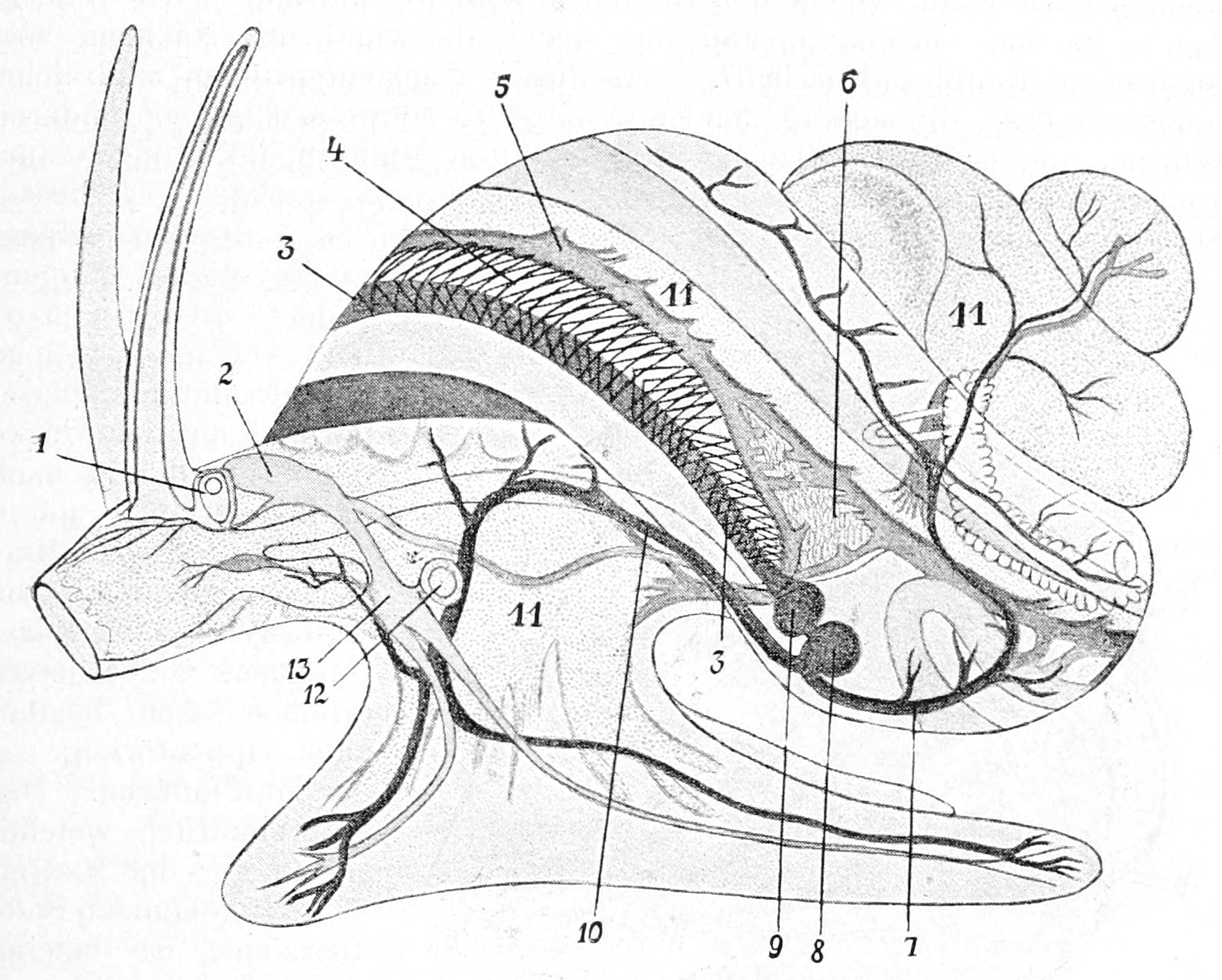








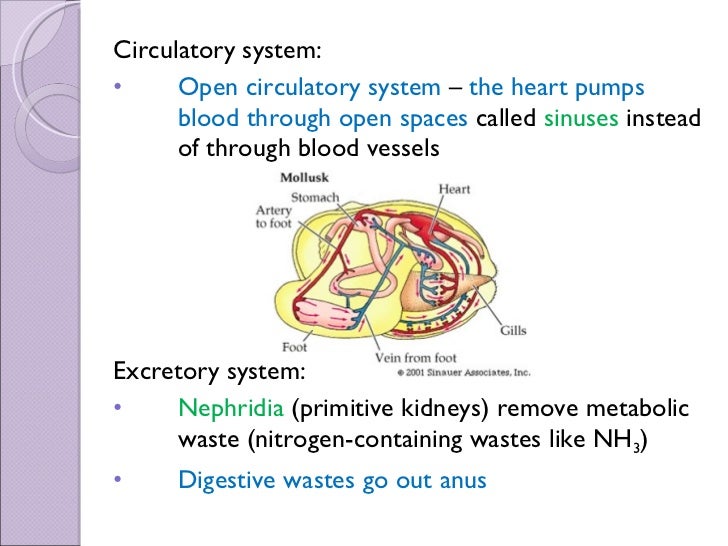

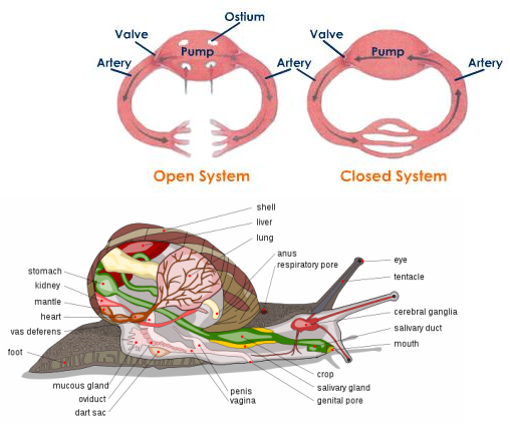

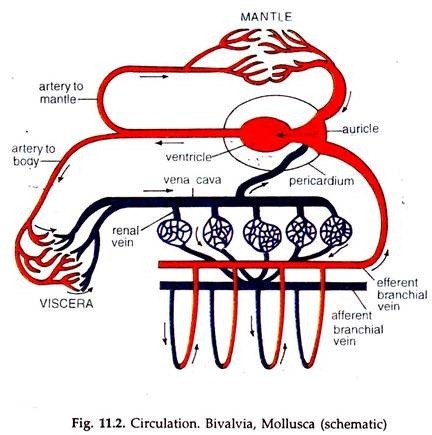




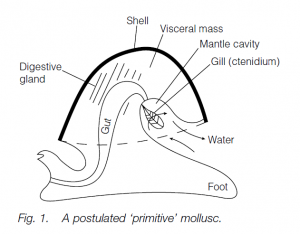
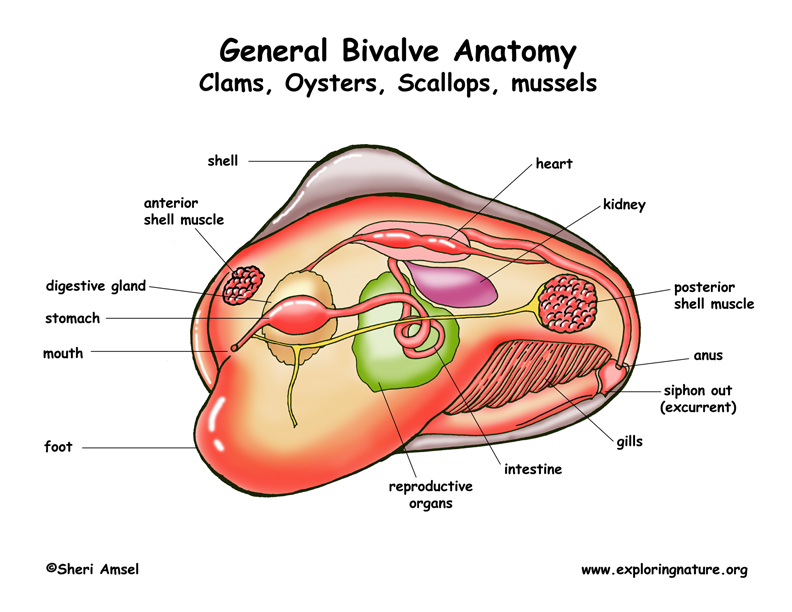

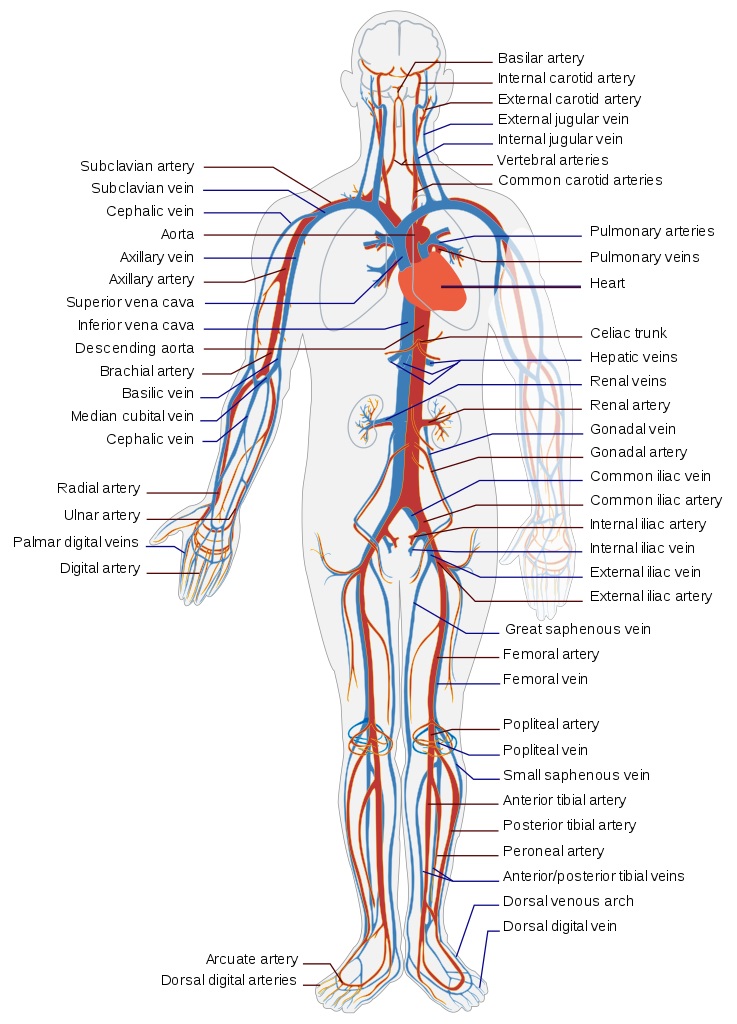










Post a Comment for "Mollusca Open Circulatory System"